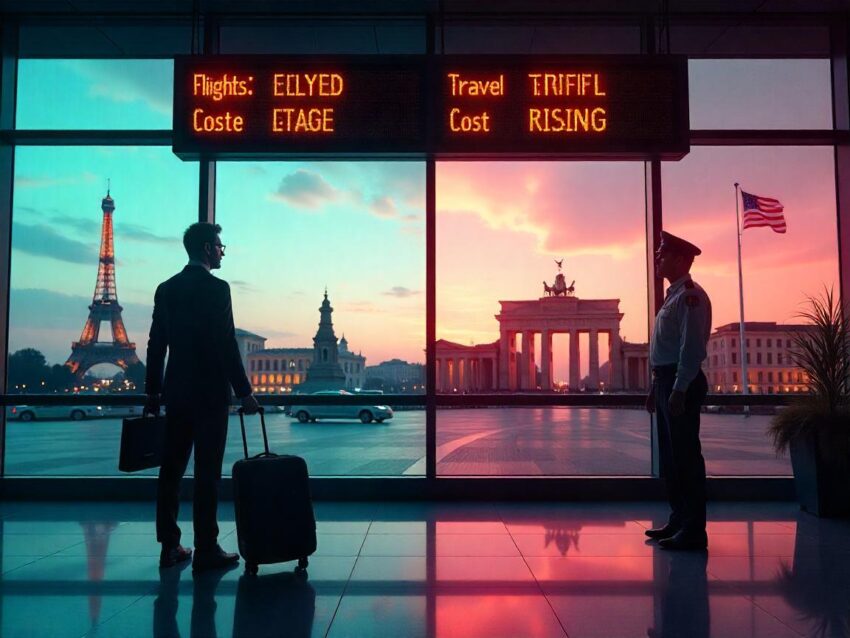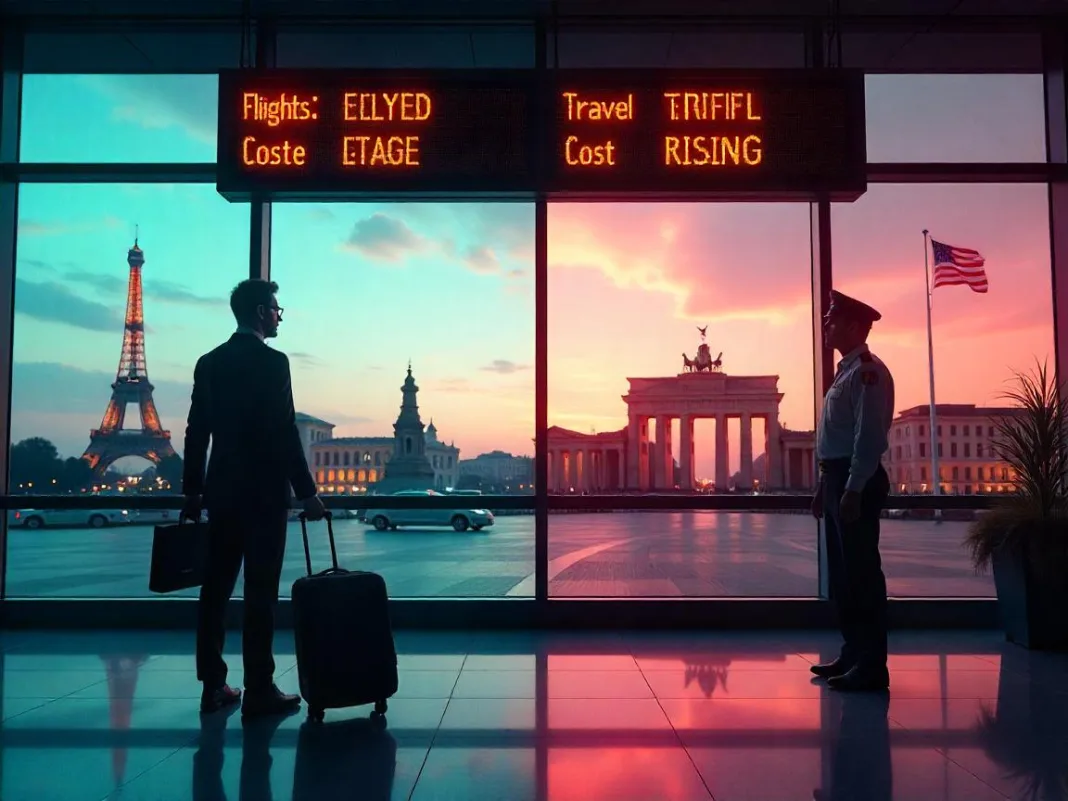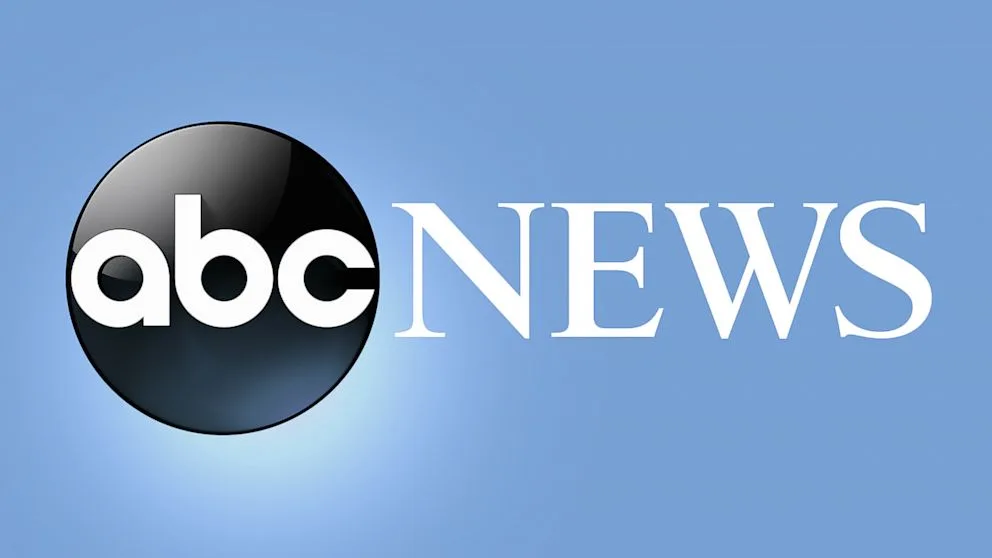Saturday, July 19, 2025

Just as the United States indicates an acceleration in its trading posture against the European Union, the trans-Atlantic travel and tourism sector, which remains in the throes of the pandemic’s disruptions, now appears at risk of being caught in the economic crossfire. 15%-20% minimum tariffs on EU goods being considered by U.S. leadership could set off an economic and logistics domino cascade that would hit more than just the trade of tangible goods.
Fragile Tourism Recovery Faces New Headwinds
Europe has long been the largest source of inbound tourism to the United States. Nearly 15 million E.U. citizens visited the U.S. in pre-pandemic 2019, injecting more than $60 billion into the American economy. After several years of travel restrictions related to COVID-19, EU-U. S. routes recovering more quickly than others.
That recovery is now at risk. Should Europeans face tariffs, EU leaders will be likely to retaliate in a move that could affect the aviation, fuel and hospitality sectors. Ticket prices may increase for airlines, as the companies will have to pay more for parts, on-board goods and maintenance services products bought from European suppliers.
Even casual tourism might be discouraged by the political environment of a trade stand-off. Geopolitics tend to weigh on leisure travel, history has shown, especially if interwoven with ambiguity over border policies or spikes in costs. For travelers who are already contending with inflation, the increase in prices could affect peoples’ decisions against taking long journeys.
A Broader Economic Domino Effect
Though tourism is a prominent victim, the proposed tariffs would send shockwaves through the broader economy. And the U.S. goods trade deficit with the EU—now more than €198 billion ($231 billion)—has been offered as cause for the tariffs. But once existing services and foreign direct investment are included, the imbalance seems much less dramatic.
Tariffs on EU imports could mean that the price of popular European items in the U.S. such as wine, cheese, clothing and luxury cars — all products that are closely associated with the tourist lifestyle — will increase substantially. On the one hand, establishments in American cities that identify as “European-style” anything — wine bars, artisan shops, boutique hotels — could take a hit from higher costs and less cachet.
And just as European airlines depend on American jets, American aerospace and automobitive companies reliant on European inputs may encounter operations slowdowns or cost escalations. That, in turn, could result in job hits in adjacent industries to tourism, including air travel, logistics and business conferencing.
Legal And Institutional Flashpoints
Legally, the proposed tariffs raise serious concerns under international trade agreements. General duties of this sort might breach World Trade Organization (WTO) rules unless they are based on national security reasons or emergency circumstances, both of which are contentious in previous cases.
Officials from the European Commission said they would consider WTO recourse if such measures came into effect. They also still hold the option of levying retaliatory tariffs on U.S. goods and services that could be forced on sectors of the economy crucial to tourism, such as airlines, hospitality chains or travel technology companies.
And while legal cases often take years to resolve, the mere possibility of losing them in legal limbo is frequently enough to freeze investment and planning in the tourism and service economies on both sides of the Atlantic.
Strategic Implications For Travel-Related Industries
The tariffs are part of a broader effort to reshape American industrial policy to focus on domestic manufacturing. That will be cause for short-term relief for some industries, but the spillover effect on global integration is enormous. In tourism in particular, where international cooperation is key to success, changes to trade policy can undermine gains rapidly.
The largest American airlines, hotel chains and tour operators rely on frictionless relationships with European partners. They involve deals such as code shares, group travel packages, cross-border hospitality agreements — and a shared perception of safety provided by political and economic stability.
A Data-Backed Warning
And signs of what could go wrong are found in past trade fights, where tariffs imposed had unintended consequences, according to data from the U.S. International Trade Commission and independent economic institutes. It pushed up costs for consumers, snarled supply chains and, in many cases, gains to domestic producers were canceled out by losses in nearby industries.
There are also potential cost in the EU, which economic analysis models have suggested could experience a modest contraction in GDP for the Euro area over two years if additional tariffs prompt retaliation. There’s a good chance that you work in a sensitive-to-pricing-and-perception industry, like tourism, which would be among the hardest hit.
Conclusion
As the United States contemplates a new round of tariffs on the European Union, the world’s biggest tourism industry finds itself at a vulnerable crossroads of geopolitics and economics. Just as international air travel appears to be stabilizing, the new trade tension threatens to derail the fragile recovery. So much is at stake — local businesses, hospitality jobs and international goodwill — and the question still lingers: Is the price of protectionism worth the price of global connection?







